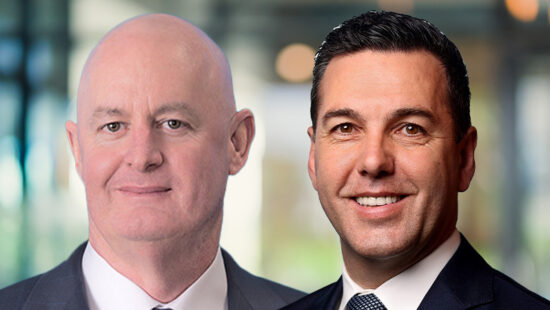Being exposed to commodities through futures yields a positive carry again, after nearly a decade of consistent underperformance of futures to Spot prices. Lastly, commodities act as a diversifier again within portfolios, as correlations with other asset classes declined. Yet, we think it is premature to take a strategic exposure to overall commodities. Prices are currently driven by supply shocks – unpredictable and temporary by nature – and demand is too weak for now to see a sustainable run-up in the asset class.
The rebound witnessed in the early part of the year has indeed been mostly driven by segments undergoing a supply shock (Wheat, Soybeans, Coffee, Corn, Nickel, more recently Brent and Nat Gas) related to weather or geopolitical issues. As the situation normalised, most of these segments saw sharp price reversals, pushing commodities from best to worst performer year-to-date in a matter of weeks, with Spot prices on the brink of negative territory (whilst futures remain slightly positive YTD). Moreover, with the normalisation of supply, most futures curves that were in backwardation (i.e. downward sloping, reflecting tight near-term supply) flattened or flipped back into contango (i.e. upward sloping), removing the roll yield advantage or even implying roll costs from being invested through futures. Finally, investors who were exposed to commodities across the board for hedging purposes failed to see full diversification benefits as correlations among commodity segments have declined as well– one had to pick the right segment to hedge against the right risk.
What falling correlations amongst segments also suggest is that commodities are driven by fundamentals again. Yet fundamentals, especially on the demand side, are not supportive in the current environment. The rebalancing process between developed and emerging economies is almost complete, but both blocs are shifting towards new drivers of growth (production/investment in the West, domestic demand in the East), limiting actual growth levels. Potential growth is also lower than in past cycles due to population ageing, constrained productivity and further deleveraging in Developed economies. These structural shifts are weighing on overall demand for commodities.
To see a sustained upturn in commodity prices, we would need to see stronger growth worldwide, especially in China (which accounts for 46% of total consumption of Industrial Metals). Yet, the world economy is only in the early stages of recovery, with significant divergences amongst regions. China is showing signs of a revival, but structural reforms, in particular those aimed at curbing shadow banking are headwinds.
Until the global economic recovery gathers steam, specific supply shocks (e.g. bad crops, geopolitical issues, political/trade barriers,…) will be the main price differentiator within commodities, warranting a great degree of selectivity. Investors who wish to get a strategic exposure to the overall asset class will thus need to be patient.







